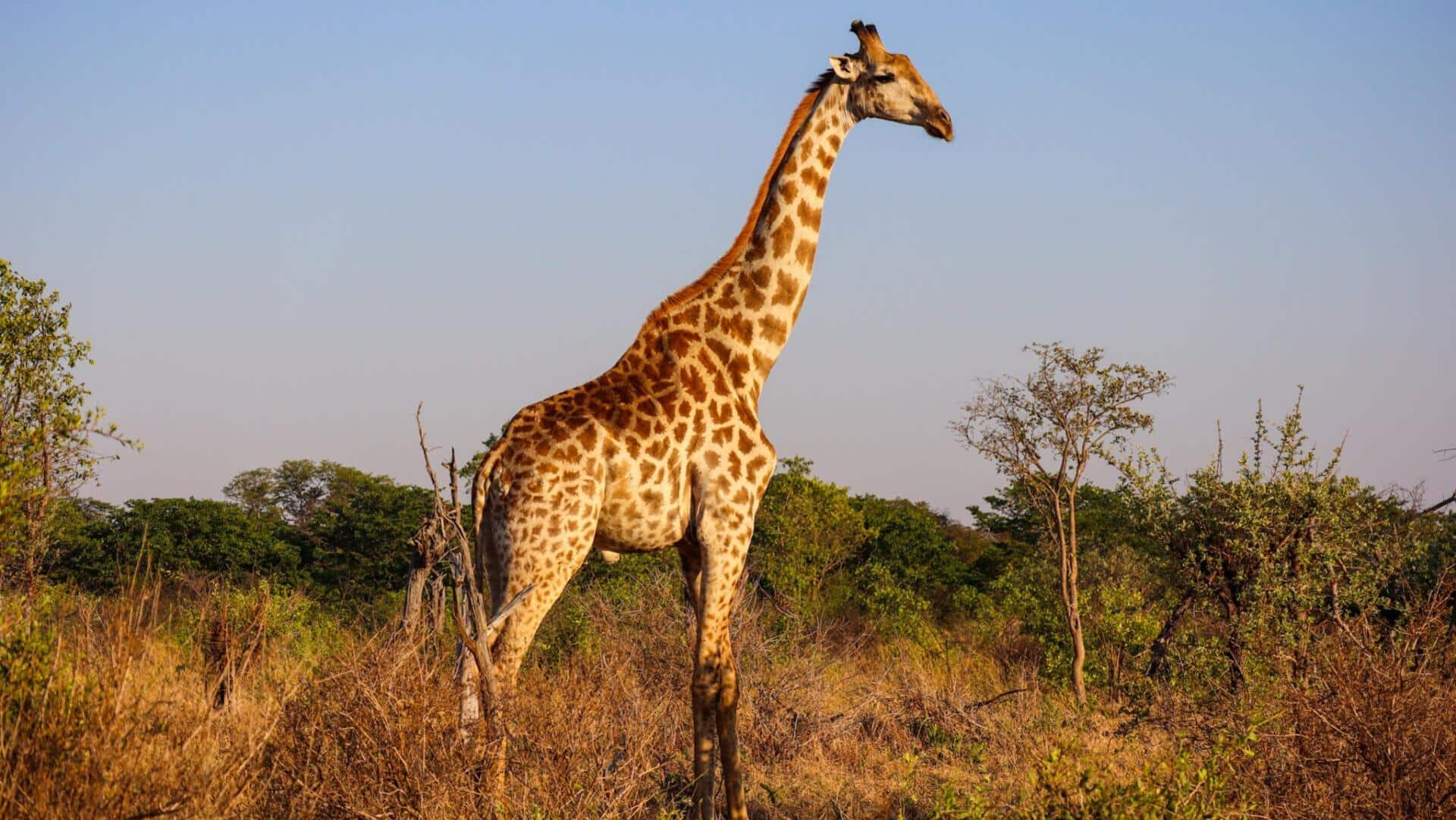
Birding in Zimbabwe's Hwange National Park
What's the story
Hwange National Park, located in Zimbabwe, is a birdwatcher's paradise. It covers over 14,600 square kilometers and is home to 400+ species of birds. Its diverse habitats, ranging from semi-desert scrublands to dense forests and wet vleis, provide an ideal sanctuary for a vast array of both resident and migratory birds, enhancing the biodiversity of the region.
Timing
Best time to visit
The optimal season for birding in Hwange National Park is the wet season, spanning November to April. This is when migratory birds from Europe and Northern Africa flock to the park, adding a whole new level of diversity to the species you can spot. Plus, the landscape turns into a lush, vibrant paradise during this time - talk about a picture-perfect backdrop!
Hotspots
Key birding areas
To maximize your birdwatching experience, focus on areas near waterholes and rivers, which serve as natural magnets for birds. Key hotspots are the Nyamandhlovu Pan, Sinamatella Camp, and Mandavu Dam. Here, you can spot a plethora of species like the Southern Carmine Bee-eater, African Skimmer, and Bradfield's Hornbill. These areas are particularly abundant in birdlife, making for unforgettable sightings.
Equipment
Essential gear to bring
A successful birdwatching trip requires the right equipment. High-quality binoculars with at least eight times magnification are essential for spotting birds in the distance. A field guide to birds of Southern Africa is also crucial for identifying different species. And, a camera with a good zoom lens for bird photography.
Etiquette
Tips for responsible birdwatching
While marveling at the feathered beauties of Hwange National Park, please remember to be a considerate birdwatcher. Keep quiet: High noise levels can disrupt birds and cause them to behave unnaturally. Be respectful: Stick to the paths and avoid getting too close to nests or feeding areas. This helps protect habitats and ensures birds feel safe.